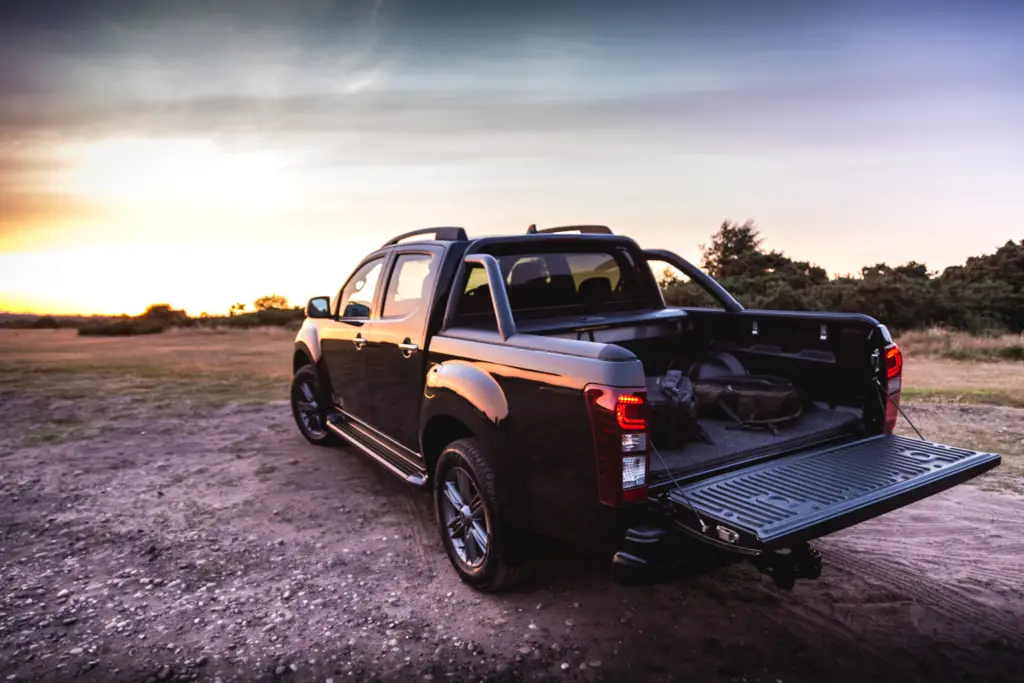A car accident can be devastating, leading to significant injuries to passengers and extensive damage to vehicles. Beyond this, an accident can also destroy a car entirely, making it inoperable until it is repaired or replaced. Even minor damage can be costly to repair, and it can be challenging to identify the extent of the damage after an accident. There are many types of car accident damage, from cosmetic (superficial) to extensive structural damage. Understanding the damage a car can be subject to during an accident can help you determine whether repairs or replacements are more economical.
Exterior or Cosmetic Damage
Some minor accidents include light rear ends or very low-speed collisions. In these minor accidents, damage may not happen at all. Paint chips, cracked headlight covers, and surface-level scratches or dents are all examples of cosmetic exterior damage that do not affect a car’s performance. Some other exterior damage does affect a car’s performance; certain dents can affect a car door’s ability to close, creating a safety hazard. Cracked or broken windows or windshields can impact driving visibility or allow debris to injure passengers. While most people will want these damages repaired after an accident, you can usually still drive the car in the meantime. If you prefer car insurance to fix these cosmetic damages, it’s best to check with your policy to see what they cover.
Mechanical Damage
The car’s mechanical system, such as the engine, steering, or brakes, allows it to perform safely and reliably. Slamming on the brakes to avoid significant collisions can result in brake damage. Collisions that crumple an engine can cause engine misfirings, oil and fluid leaks, and more that can cause a vehicle to stop running or even present a fire risk. Damage to the suspension, wheels, transmission, or steering elements can make it difficult or impossible to steer a vehicle properly. Mechanical damage is more likely with moderate-to-high-speed accidents, and they can make a car inoperable until repaired. If mechanical damage is particularly significant, it may cost more to repair than to replace. In these cases, your mechanic may recommend a new car instead.
Structural Damage
The most common type of damage in many car accidents is structural. Your car’s body and frame are responsible for its stability and alignment while driving. Collisions and impacts can severely damage the car’s body and ability to maneuver effectively. While many car companies test the car’s body for safety and integrity during a collision, there is no way to prevent damage during an accident entirely. The car’s mechanical components also may not perform as expected when in a damaged body. You may also be unable to enter or exit a vehicle with extensive frame or body damage. Significant structural damages will also damage the vehicle’s mechanical or electrical components, as the body and frame are housed in these systems. When a car’s structure is completely totaled, it will be more economical to buy a new car in most cases.

Electrical Damage
A car’s electrical system gives the motor and other elements power. The electrical system helps a car start, turns on headlights, the radio, air conditioning, and more. A car cannot operate without working electrical systems, including a battery. Car accidents can cause significant damage to a car’s battery or wiring. Additionally, the electrical system comprises many wires and connectors that can be easily broken, damaged, or misaligned during a collision. Until the wiring is repaired, a vehicle cannot operate. It can be challenging to pinpoint the source of electrical damage in a system-wide failure, but a mechanic can assist with this.
Assessing Car Damage
Car damage repairs should take priority only after everyone at the scene is safe and has received medical care, if applicable. It can be difficult for a layperson to assess all types of car damage after an accident. Some damage may not be immediately apparent and can only be revealed during a thorough inspection. The best option to assess a car for damage post-accident is to get it inspected by an experienced, reputable auto mechanic or body shop technician. Repairing a vehicle after an accident can be expensive, but car insurance typically takes care of this. An auto accident attorney can help you file insurance claims and pursue litigation against responsible parties to recover additional costs. Be sure to hire an attorney in the state where the accident occurred, as they will be the most familiar with the local area’s accident laws and fault policies.
Conclusion
A car accident can have devastating effects on both passengers and vehicles. Sometimes, a car accident can total a vehicle and require replacement. Other times, accident damage can be minimal or only cosmetic. Assessing the types of damage after an accident can help you determine whether repair or replacement is the smartest choice. Consult with professionals to help you repair your vehicle and recover costs for damage.






